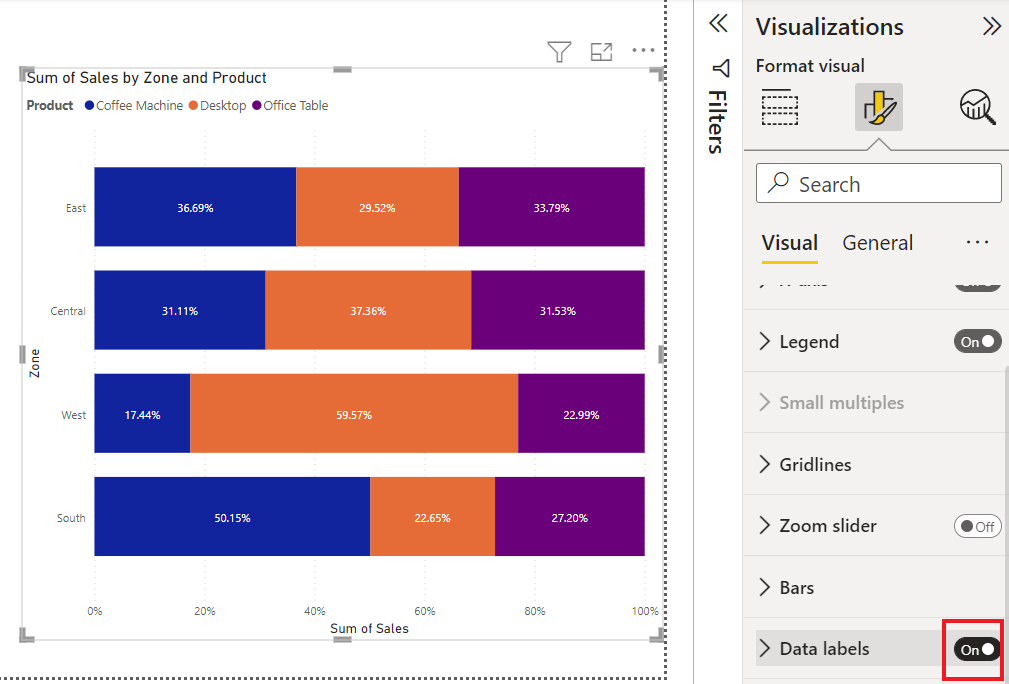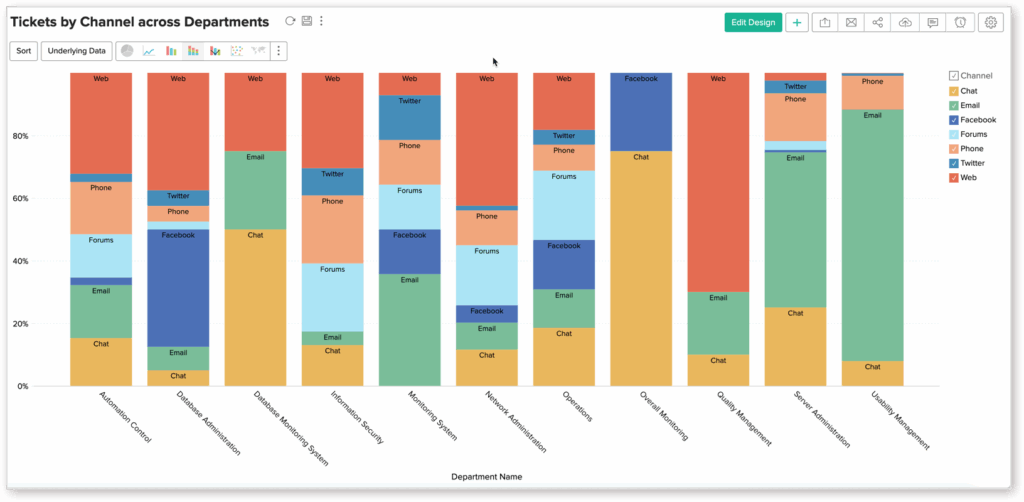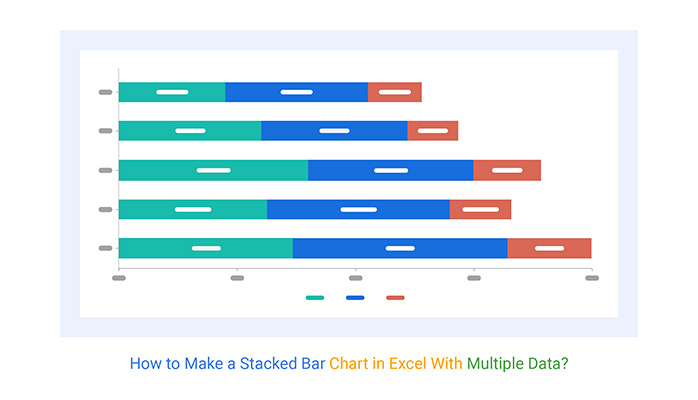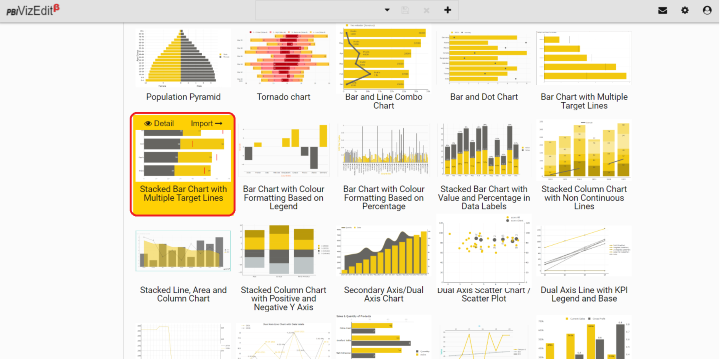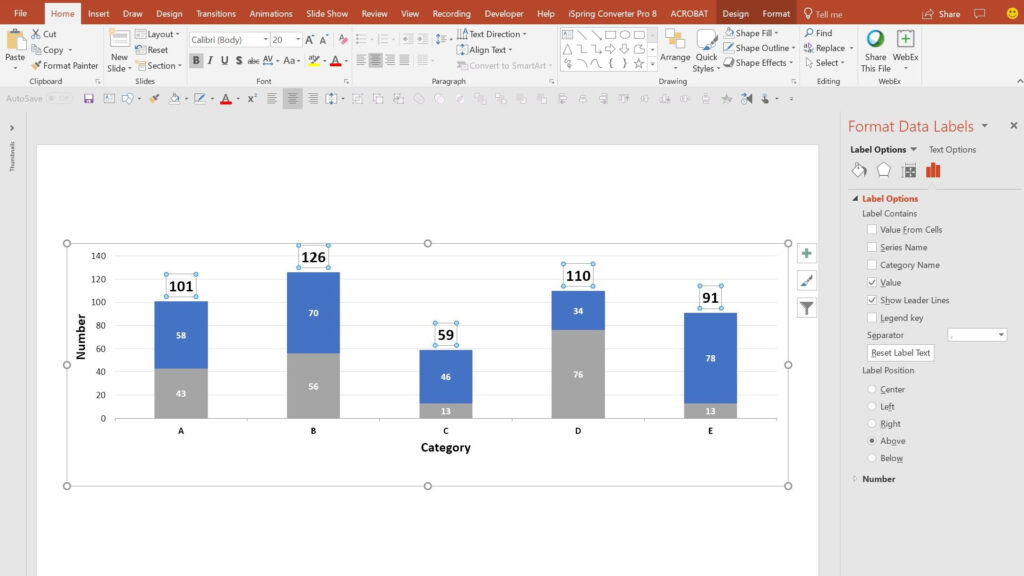Stacked bar charts are a popular way to visualize data that consists of multiple categories. Each bar in a stacked bar chart represents the total value of a category, with segments of the bar divided into subcategories. This type of chart is effective for comparing the total value of each category as well as the contribution of each subcategory to the total.
When working with stacked bar charts, it is essential to have clear and informative data labels to help readers interpret the data accurately. While traditional stacked bar charts typically display a single data label at the top of each bar, there are instances where displaying multiple data labels can enhance the clarity and understanding of the chart.
Multiple Data Labels On Stacked Bar Chart
Benefits of Multiple Data Labels
By incorporating multiple data labels on a stacked bar chart, you can provide more detailed insights into the data being presented. For example, if you are visualizing sales data for different product categories, having individual data labels for each subcategory within a bar can help viewers understand the contribution of each product to the total sales figure.
Additionally, multiple data labels can make it easier to compare values across different subcategories within the same bar. This can be particularly useful when there are significant variations in the values of the subcategories, as it allows viewers to quickly identify which segments are driving the overall total.
Implementing Multiple Data Labels
There are several ways to incorporate multiple data labels on a stacked bar chart. One approach is to display a data label for each subcategory directly on the corresponding segment of the bar. This can be done by adjusting the settings of your charting tool to enable individual data labels for each data point.
Another option is to include a legend or key that provides a breakdown of the data labels for each subcategory. This can be especially useful when dealing with a large number of subcategories or when the data labels are too crowded to display directly on the chart.
Ultimately, the decision to use multiple data labels on a stacked bar chart should be based on the specific needs of your data visualization and the level of detail required for your audience to interpret the information effectively.
By leveraging the benefits of multiple data labels, you can enhance the clarity and effectiveness of your stacked bar charts, making it easier for viewers to grasp the key insights and trends presented in your data.
Download Multiple Data Labels On Stacked Bar Chart
Stacked Bar L Zoho Analytics Help
How To Make A Stacked Bar Chart In Excel With Multiple Data
Create Stacked Bar Chart With Multiple Target Lines Visual For Power BI
How To Make A Stacked Bar Chart In Powerpoint Infoupdate
